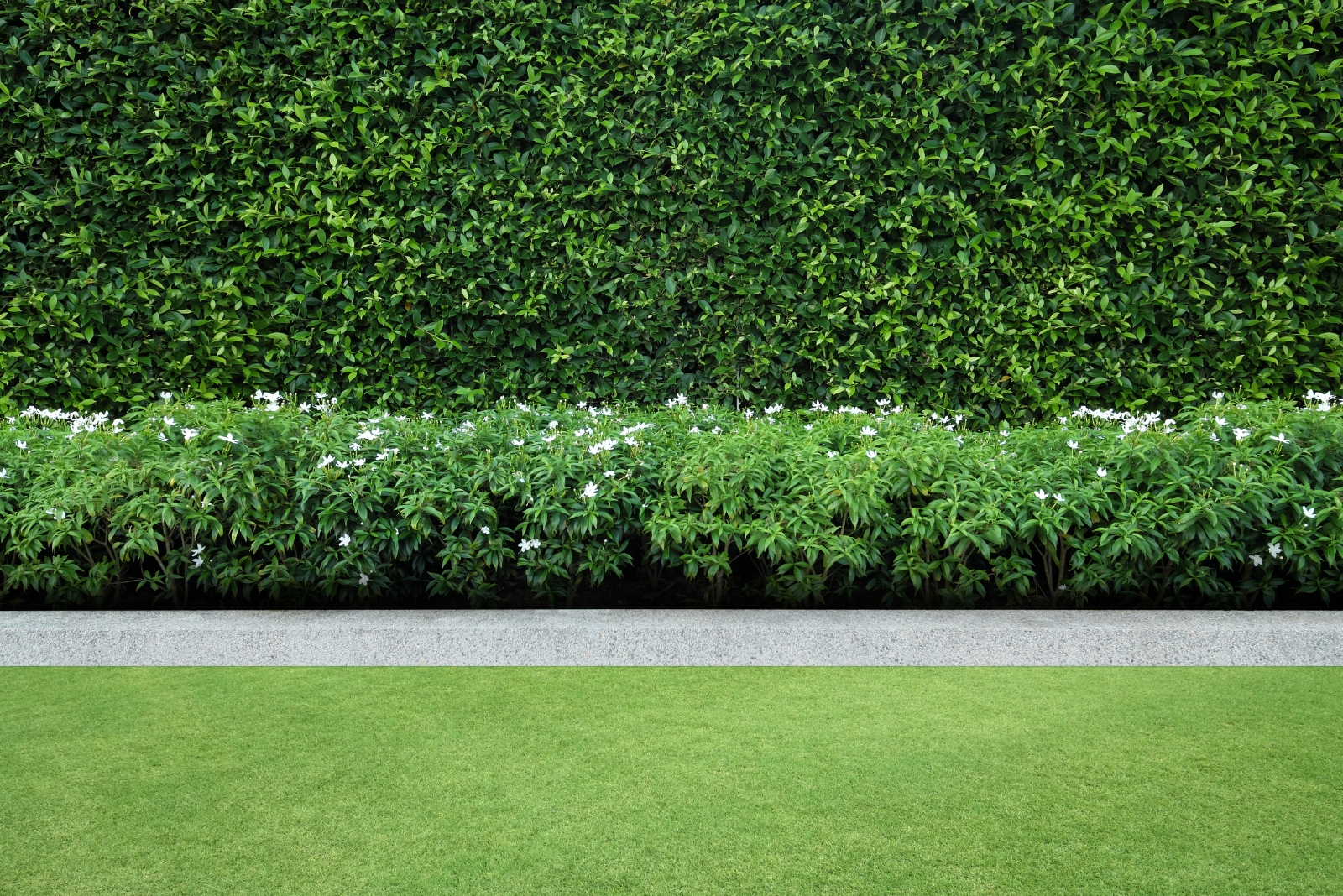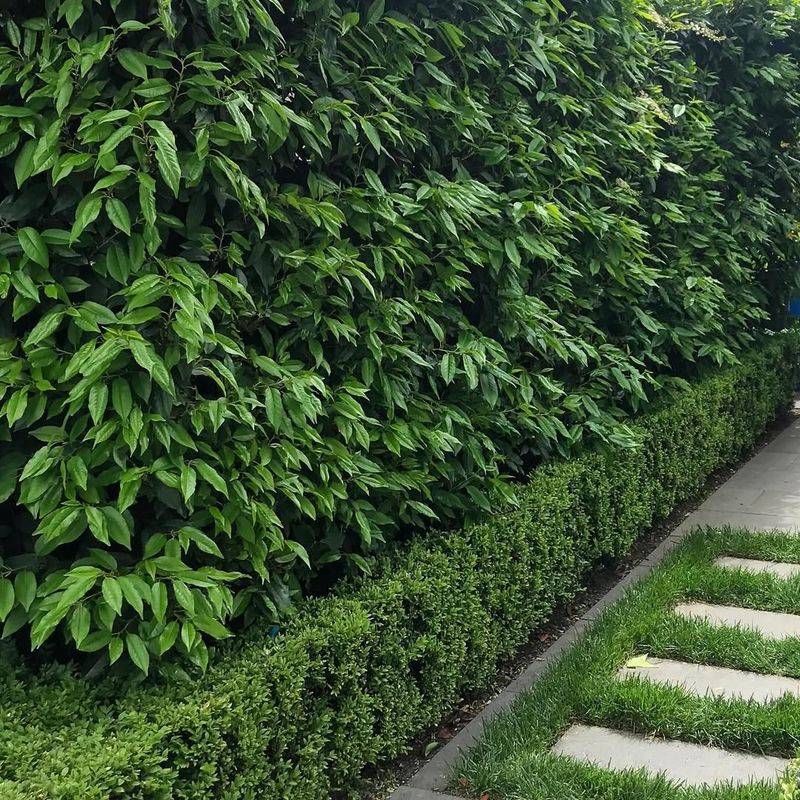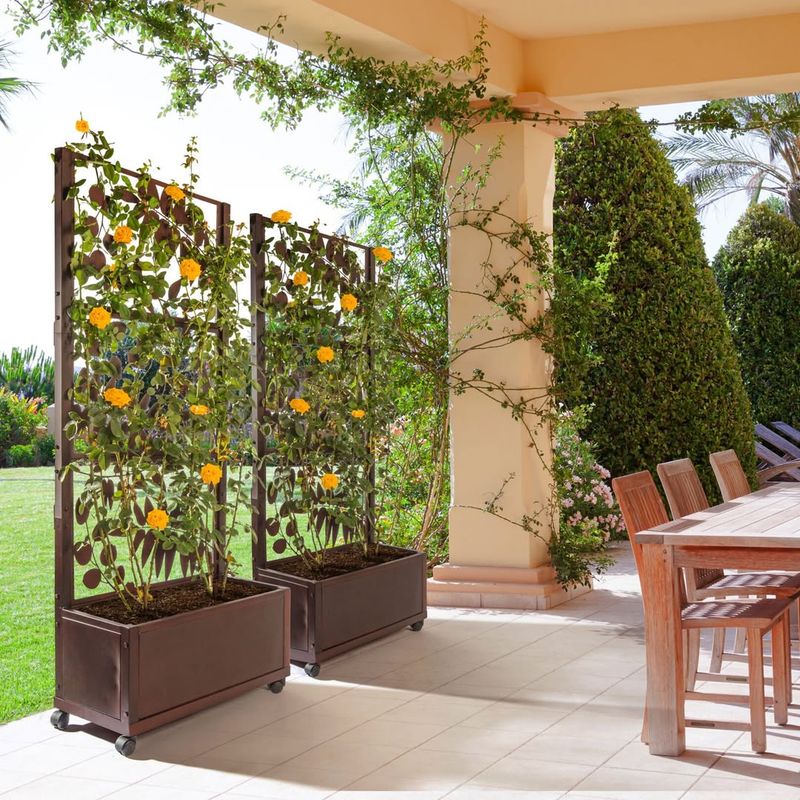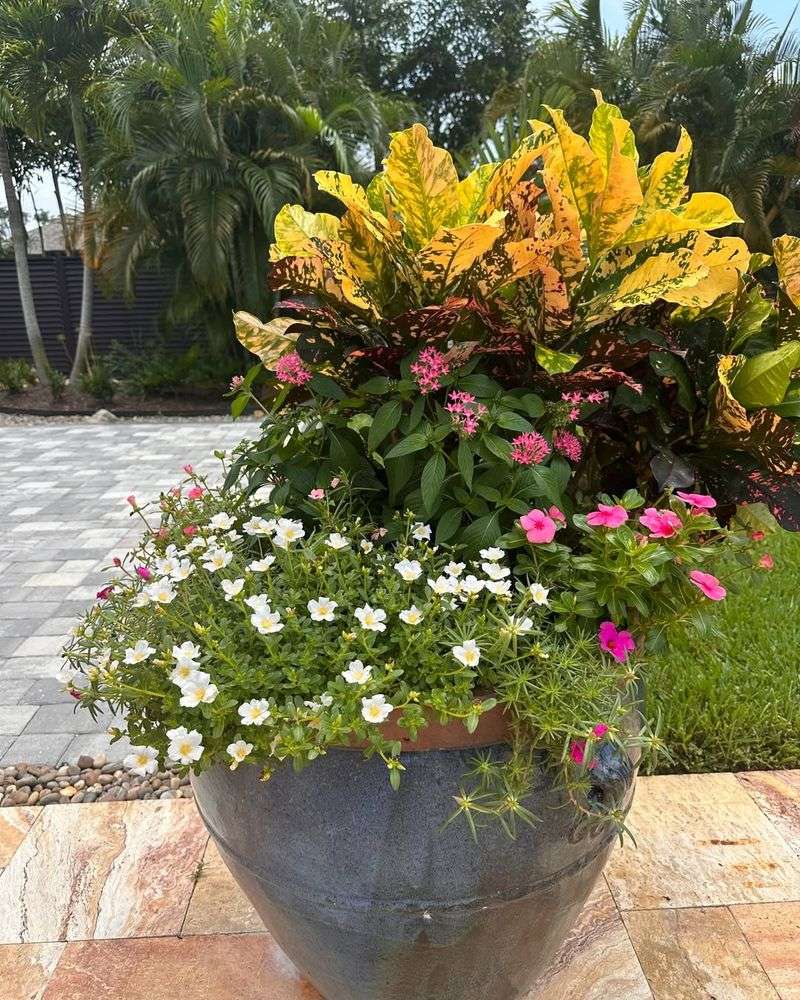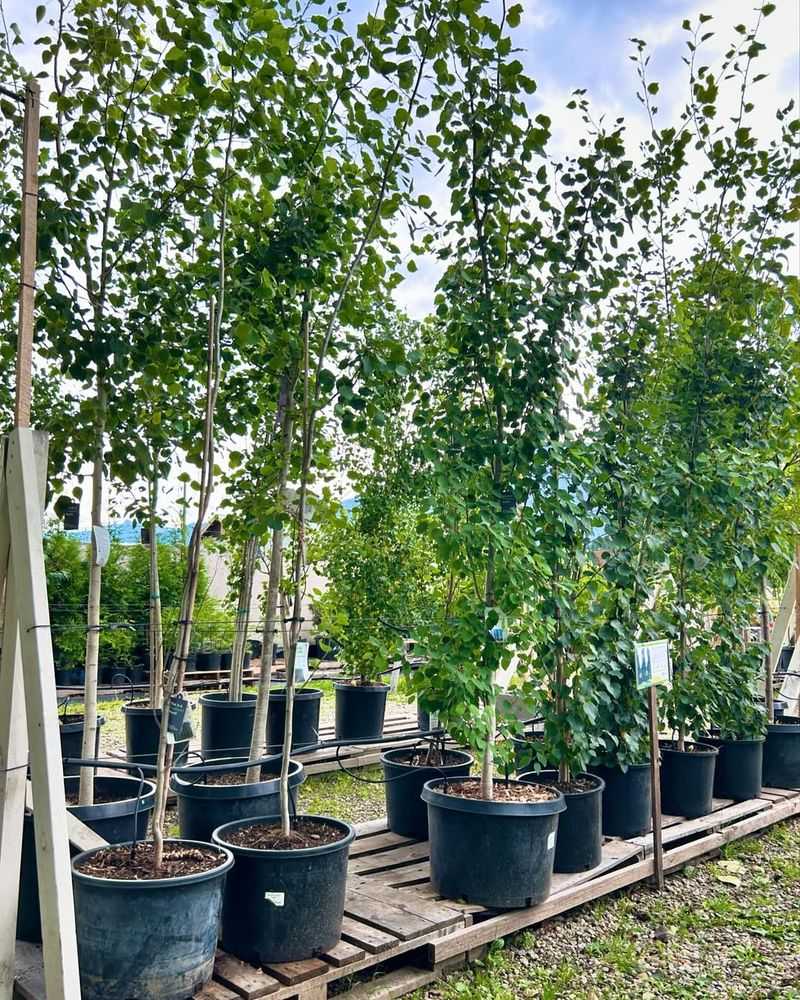Florida’s sunny climate makes privacy gardens look incredible, but I’ve learned that placement matters more than anything. A poorly planned hedge can start problems fast.
Balancing beauty with boundaries keeps the peace. These ideas help you create privacy while avoiding unwanted drama.
1. Plant Fast-Growing Clumping Bamboo
Bamboo creates a natural wall that shoots up quickly, perfect for Florida’s warm climate. Clumping varieties stay put and won’t invade your neighbor’s yard like running bamboo might.
Talk to your neighbor before planting so they understand your plan. Many Florida homeowners love bamboo because it handles heat and humidity beautifully while providing excellent coverage.
Choose varieties like Bambusa multiplex that grow thick and tall without spreading aggressively.
2. Create Layered Hedge Rows
Mixing different shrubs at various heights builds a thick, living fence that looks natural and inviting. Start with tall plants in back and shorter ones in front for depth.
Florida natives like Wax Myrtle and Simpson’s Stopper work wonderfully together. Your neighbors will appreciate the attractive greenery instead of a plain fence blocking their view.
Layering also attracts butterflies and birds, making your yard a wildlife haven everyone can enjoy from their side.
3. Install a Living Trellis Wall
Trellises covered with flowering vines offer privacy without taking up much ground space, ideal for smaller Florida yards. Climbing plants like Bougainvillea or Jasmine add color and fragrance while screening your patio.
Keep vines trimmed so they don’t creep onto your neighbor’s property, which shows respect for shared boundaries. A well-maintained trellis looks decorative rather than defensive.
Many Florida gardeners use this method because it combines beauty with function effortlessly.
4. Add Strategic Container Gardens
Large pots filled with tall tropical plants can be moved around to block specific views without permanent changes. Palms, Bird of Paradise, and Elephant Ears thrive in containers throughout Florida.
Containers give you flexibility if your neighbor complains or if you want to adjust your layout. Place them on patios, decks, or along property lines where privacy matters most.
This approach works great for renters or anyone who prefers temporary solutions that still look polished and intentional.
5. Build Mixed Planting Beds
Combining trees, shrubs, and flowers in wide garden beds creates privacy while adding curb appeal that benefits the whole neighborhood. Florida-friendly plants like Muhly Grass and Firebush add texture and color.
Wide beds prevent plants from looking like an unfriendly barrier. Your neighbor might even compliment your landscaping skills when they see the finished result.
Mixed beds also improve drainage and reduce lawn maintenance, which makes yard work easier in Florida’s rainy season.
6. Choose Columnar Trees Wisely
Narrow, upright trees like Italian Cypress or Podocarpus grow tall without spreading wide, perfect for tight spaces between Florida homes. Plant them in a row for a formal hedge effect that provides excellent screening.
Check local height restrictions before planting to avoid future disputes. Columnar trees cast minimal shade on neighboring yards, which helps maintain good relationships.
These trees handle Florida’s storms better than you might expect, especially when planted properly and given time to establish roots.
7. Incorporate Decorative Screens with Plants
Combining wooden or metal screens with climbing plants offers instant privacy while greenery fills in. Florida’s growing season means vines establish quickly, softening hard edges within months.
Choose screens in neutral colors that complement your neighbor’s property too. Adding plants prevents the structure from looking cold or unwelcoming.
Many Florida homeowners use this hybrid approach because it delivers immediate results while becoming more beautiful over time as plants mature and bloom throughout the year.

